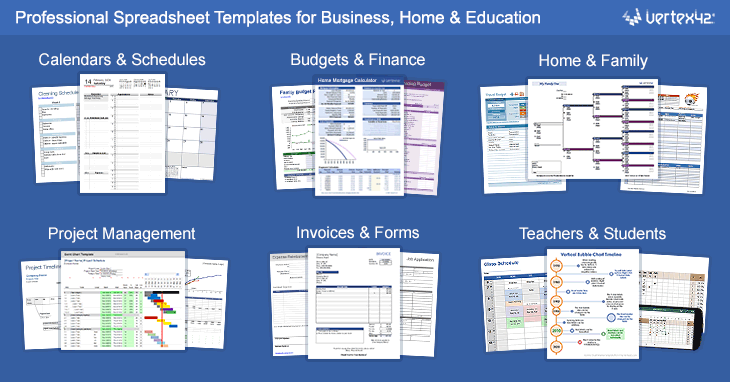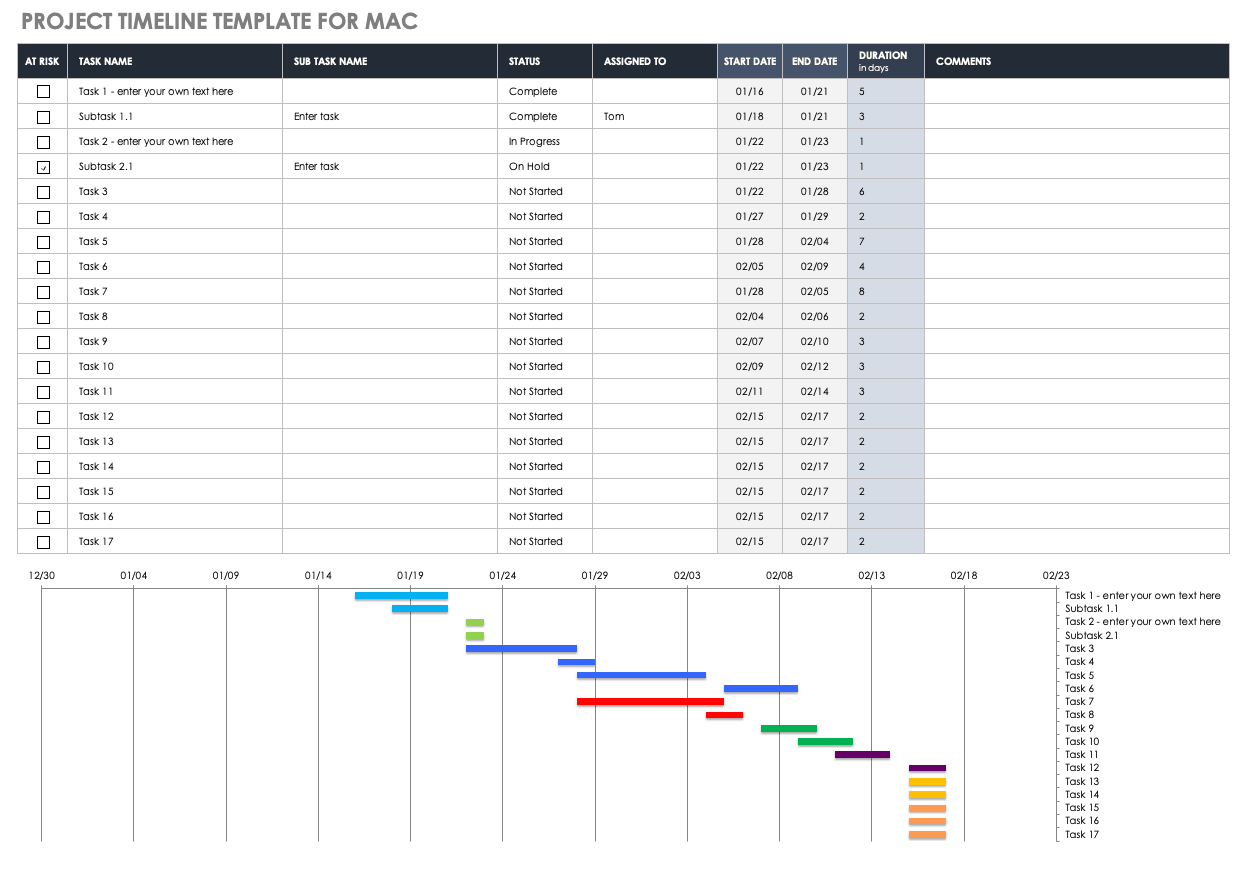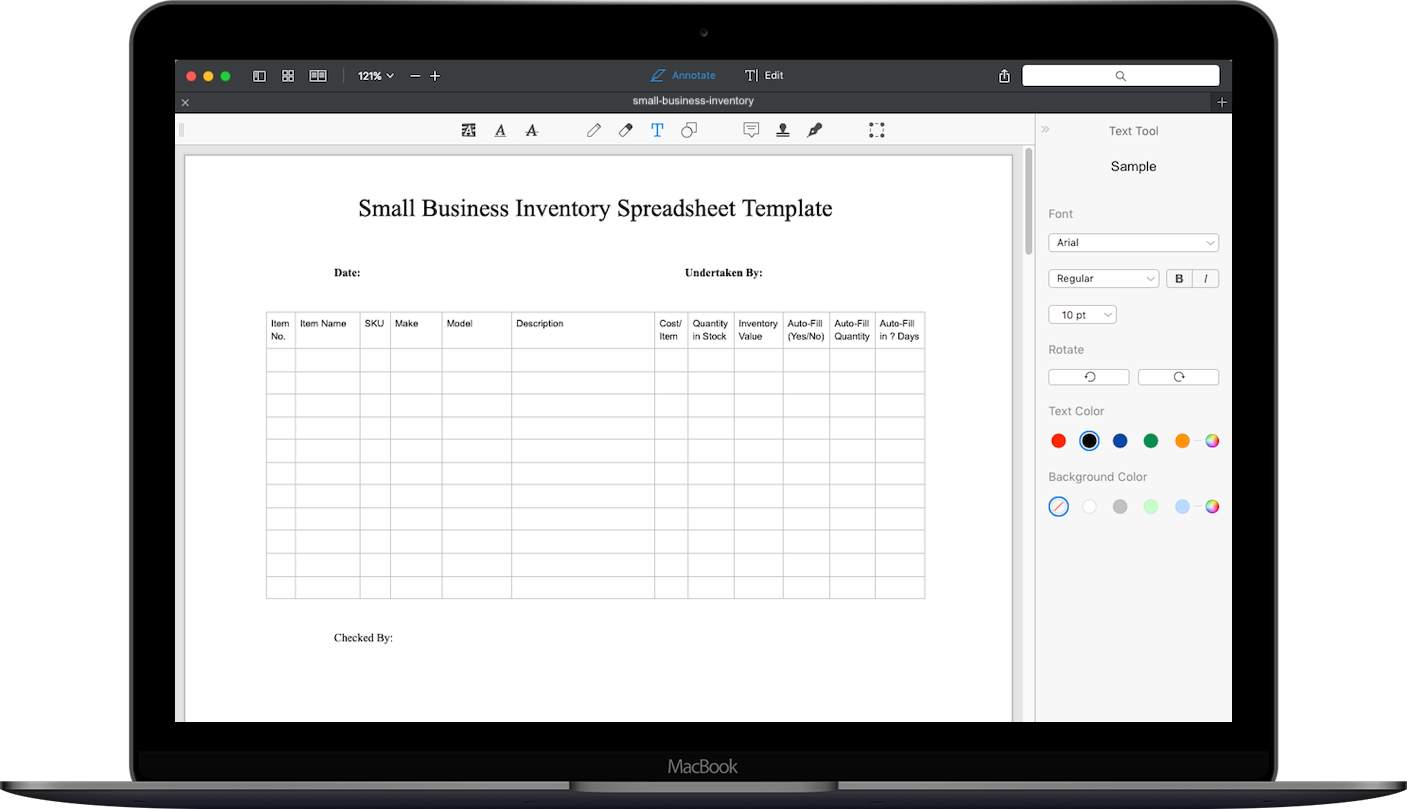LibreOffice Calc (Windows, Mac, Linux, Android) Best spreadsheet software for a free, native solution. In practice, LibreOffice Calc feels like an old version of Excel. LibreOffice is a completely free and open source productivity suite, which began life as a fork of OpenOffice. The result is a basic spreadsheet app that contains all the. Google Sheets makes your data pop with colorful charts and graphs. Built-in formulas, pivot tables and conditional formatting options save time and simplify common spreadsheet tasks. WPS Office online, free open office suite, alternative to Microsoft / MS word, excel, powerpoint etc. Can be downloaded free online for school students or business to use word document, spreadsheet, presentation & free pdf convert to other files with Mac ios or PC windows 10. Free templates for Apple's Numbers Spreadsheet software available for both the mac and for iOS devices.
Templates for Microsoft Excel 1.2 for Mac is free to download from our software library. The program is included in Productivity Tools. Our antivirus scan shows that this Mac download is clean. This Mac application was originally developed by Idea2Inspire.com. Templates for Microsoft Excel is the easiest way to create high-quality spreadsheets.
Excel templates are a great way to increase your productivity. They allow you to do awesome things with Excel even if you only have a basic understanding of spreadsheets. You can use templates created by Microsoft by opening Excel and going to File > New. You can also download 100's of templates professionally designed by Jon Wittwer and his team at Vertex42.com.
This page lists our most popular spreadsheet templates. If you are looking for solutions specifically for your business, see our Business Templates page. All of our templates were originally created for Microsoft Excel, but most of them are also available for OpenOffice.org and Google Sheets.
Featured Excel Templates
Calendars & Schedules
- ..more
Budgets / Personal Finance

- .. more
Invoice Templates
- ..more
Timesheets & HR
- ..more
Inventory
- ..more
Education
- ..more
Project Management
- ..more
Mortgage Calculators
- ..more
Personal Finance Calculators
- ..more
Financial Statements


- ..more
Exercise / Health
- .. more
Lists and Checklists
- ..more
Attendance
Data Analysis
- ..more
Home and Family
- ..more
Other Places to Find Free Excel Templates and Other Spreadsheet Templates
This step-by-step Numbers timeline tutorial shows how to make professional timelines inside the popular spreadsheet app for Mac.
Autel ms509 software download. Mac users who want to create visual plans or chronologies in Apple’s Numbers can do so using the tool’s 2D Bubble Chart feature and some manual formatting to create a basic timeline. However, the resulting graphic may lack the flexibility and precision required for professional presentations such as project reports and client reviews.
Those who need to add more details to their timeline or to regularly update it for important meetings can build comprehensive yet clear visuals using an online timeline maker called Office Timeline. Enabling you to quickly generate your graphic from your browser, the tool also lets you download it as a native PowerPoint slide, which can be easily edited, shared and included in presentations. Below, I will demonstrate how to make a timeline both manually in Numbers and automatically with Office Timeline Online. To learn how to make a Gantt chart in Numbers for Mac, please see our Gantt tutorial here.
Which tutorial would you like to see?
How to make a timeline in Numbers
1. Enter your project’s milestones and dates into a table.
Create a new Numbers sheet by selecting the Blank type in the Basic section of the template gallery.
List the key milestones of your project in the first row of the default table displayed in the newly created sheet, as shown in the image below.
Use the row below to add the due dates for each of the milestones.
To start building your timeline in Numbers, you will also need to allot plotting numbers to every milestone in the table to define their vertical placement on the graphic. Therefore, use the third row of the table to enter a sequence of numbers such as 1, 2, 3, and 4 as in the example below.
2. Create a basic timeline using the Bubble Chart feature
Select all the data in your table, click on the Insert tab on the Numbers ribbon and go to Chart.
Choose 2D Bubble chart from the menu that pops up.
A simple bubble chart like the one below will be automatically generated on your Numbers sheet:
3. Format your graphic to optimize legibility and add key data
Depending on the number of milestones you've entered, the auto-generated bubble chart might look a bit crammed, so you may want to resize it to ensure a better fit. To do this, simply select the chart area and drag its sizing handles to reach the desired height and width.
Since only your milestone dates and plotting numbers are the ones taken as reference for the two axes of your chart, there is not much information shown on your timeline right now. To provide the audience with more details, you can manually add milestone descriptions to each bubble on the graphic using the Text feature of the app. To do so:
i.Click on the small “T” icon on the Numbers top taskbar:
ii.Drag and drop the newly inserted text box below or near one of the milestone bubbles.
iii.Double-click on the text box to type in your milestone title and use the Style pane that appears on the right to change the text font, size, style and alignment. In my case, I used black, bold Helvetica Neue for the milestone titles.
I also wanted to remove all the horizontal lines that cut across my timeline as I didn't feel they added any value to the graphic. If you want to make this change:
i.Select the chart area and go to the Axis tab of the Format pane on the right.
ii.Select Value (Y) in order to apply the change to the horizontal axis.
iii.In the Axis Scale section, under Steps, use the up-down controls next to Major to decrease the number to 1.
While in the Axis section, you may want to add vertical lines to better highlight the relative distance between your milestones. To do this, click on the Value (X) tab and:
i.Go to Major Gridlines and set the style, color and width of your vertical lines. In my example, I used a straight, grey line with a width of 1 point.
ii.Repeat the action for Minor Gridlines. I kept the same choices as above for these as well.
iii.Go to the Axis Scale section above and use the up-down controls to increase the value for Minor Steps. In my example, I increased it to 3.
After completing all the steps above, your graphic should look like this:
4. Customize your timeline's milestones

Now that you've formatted your timeline properly, you can apply a few styling choices to the milestones (chart bubbles) to make them stand out more.
To recolor all your milestones simultaneously, select any of the bubbles and go to the Style tab of the Format pane. Here, click on Fill to choose a new color. In my example below, I went for a dark navy blue.
If you want to color the chart bubbles individually, you'll need to break down your milestones into separate series or categories. To do so, go to your project data table and:
i.Rename the Position row into Color 1 and then add a new line below, which will be called Size. Enter the same number in the Size cell of each milestone to keep all bubbles the same size. In my example below, I used '20' for all.
ii.Right beneath, insert a set of two rows for each new color category you wish to create. You can name them Color 2 & Size, Color 3 & Size etc., just like in the image below.
iii.Once finished, to move a milestone into a new category, cut its Color 1 (former Position) and Size values and paste them into whichever of the newly added pairs of rows. Don't worry if this seems to mess up your graphic – we'll fix it right away, in step 'iv.'
iv.To update the graphic with the different color categories created, select the chart area, click on Edit Data References, and then drag the table select handle to include the new rows as well. Numbers will automatically generate multiple-colored bubbles for your milestones.
Note: Looking at my table, you'll notice that I've kept some of my milestones' Color & Size values on the same rows. This means they'll all belong to the same series, and any styling changes made will apply to all of them at once, while the rest of the bubbles can be customized individually.
v.To change the default colors generated by Numbers for your new milestone categories, select the bubble (or bubbles) you want to customize and use the Fill options from the Style tab. Here is how I set up the colors for my graphic:
From the same Style section, you can also apply various effects to your chart bubbles, like adding shadows or strokes. However, it is recommended that you keep these to a minimum to not burden your visual too much. In my example, I selected all the bubbles with Shift + Click and added a simple outline to them using the Stroke feature.
If you want to have the exact milestone dates displayed on your graphic, select the chart area, go to the Series tab of the Format pane, and, in the Bubble Labels section, check the box in front of Values. You will then need to choose X from the dropdown menu on the right, so that the dates appear inside the chart bubbles. To change the label placement in relation to the bubbles, use the Location feature beneath Value Data Format.
5. Customize your chart area
To personalize your timeline further, you can also make some changes to the chart area using the customization options available in the Format pane’s Chart and Axis tabs of the Format pane. For instance, you can:
Add a title to your graphic: From the Chart tab, check the box for Title under Chart Options. In my example, I also removed the Legend Theeran tamil full movie download. of my timeline, by unticking its corresponding box.
Customize fonts: While still in the same tab, you can change the font type, style and size for the entire chart using the options under Chart Fonts. I chose to change the style from Regular to Medium to make the text more easily readable.
Note: You can further customize the title or text along the X axis separately by double-clicking on the desired element and then making changes from the pane that appears on the right.
Remove unnecessary labels. In my example, I also wanted to remove the axis labels ('0' and '4') on the left of the graphic because I felt they could create confusion. If you want to do the same, go to the Axis tab in the Format pane, click on Value (Y), and select 'None' from the Value Labels dropdown.
After carrying out all the steps above and trying out several font sizes, my final timeline in Numbers looks like this:
Free Excel Templates With Macros
Download timeline template for Numbers
How to make a timeline online automatically
Numbers allows Mac users to build a basic timeline, but some may feel they need a bit more flexibility and customization options to create professional visuals and update them easily for recurring communications.
Project Management Excel Template Mac
Professionals who want to make eye-catching timelines more quickly can do so using Office Timeline Online . The browser-based tool helps you automatically generate an appealing graphic that you can customize and update with a few clicks. It also lets you download it as a .pptx file or .png image so you can quickly share it with others. To get started, access the free app here and follow the steps below. To be able to include more than 10 items on your graphic, you will need
1. Enter your project data in Office Timeline Online
From the New tab in Office Timeline Online, select Timeline from scratch or choose one of the pre-designed templates provided to start building your timeline. You also have the option to import a schedule from an existing Excel file. In my example, I chose to make a new timeline from scratch.
After selecting Timeline from scratch, you'll be directed to the web tool's Data View, which lets you enter and edit your project's details.
In the Data View section, list your milestones along with their due dates. Your timeline will be generated in real time as you add your data, and a live preview of it will be shown on the right. The Data tab also lets you make a few preliminary styling choices, such as setting the shape and color for each milestone. Once you finish, select the Timeline tab on the ribbon or click the preview image to the right of your data list to go the Timeline View, where you can see your graphic in full size and personalize it further.
2. Customize and update your timeline with ease
With Office Timeline Online, your newly created visual can be easily customized and updated as often as necessary. From the Timeline View, you can change colors, shapes, sizes and fonts at the click of a button, add details such as Time Elapsed and Today Marker, or move milestones above or below the timeband. In my final timeline below, you can see that I've also added a few more milestones and played with colors, sizes and fonts to draw attention to specific items.
With a free Office Timeline account, your graphic will be automatically saved in the cloud, so you can access it at any time and update it on the fly whenever necessary. You can add or edit data effortlessly from the Data tab, or drag & drop milestones to update their dates instantly directly from your graphic. When finished, your timeline can be downloaded as an editable PowerPoint so you can easily present it or share it with others.